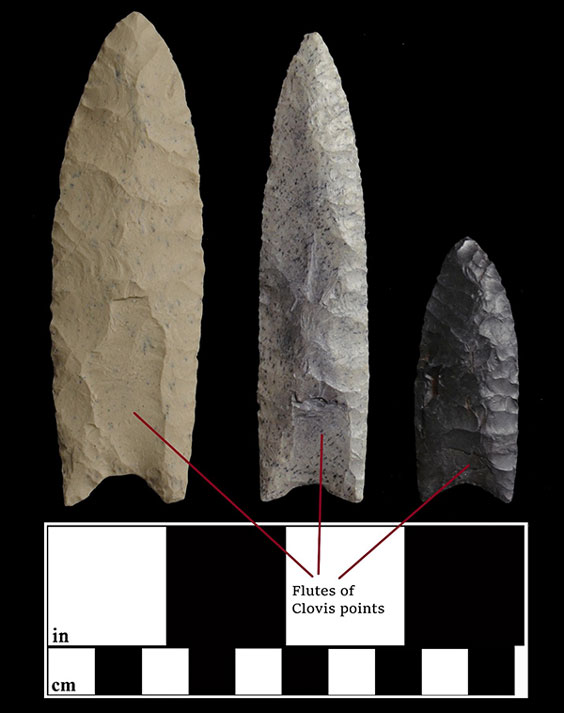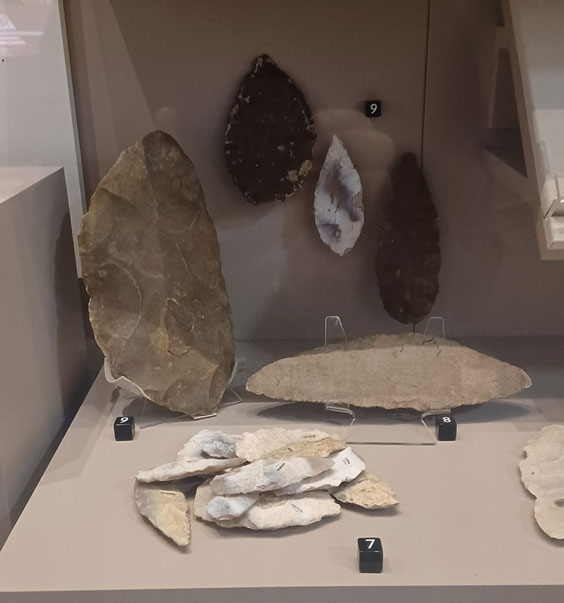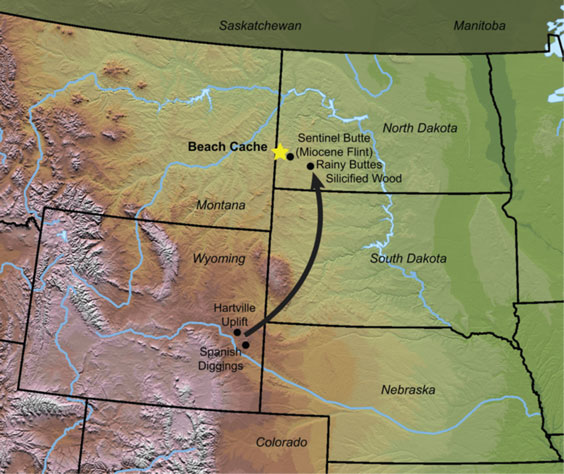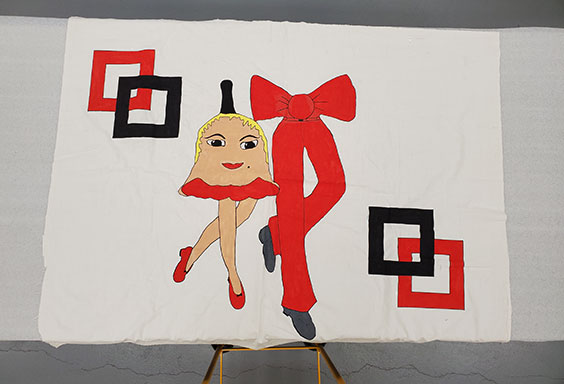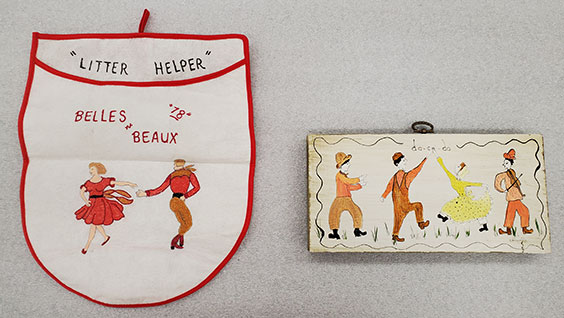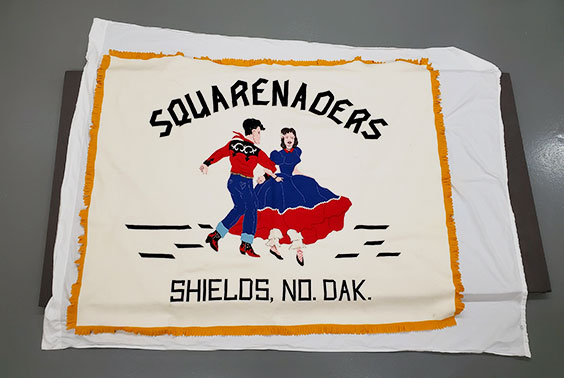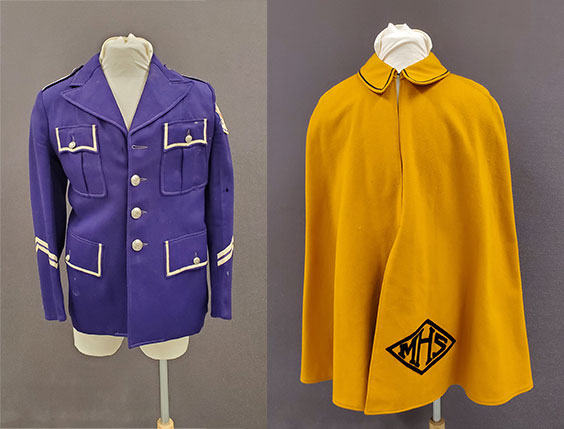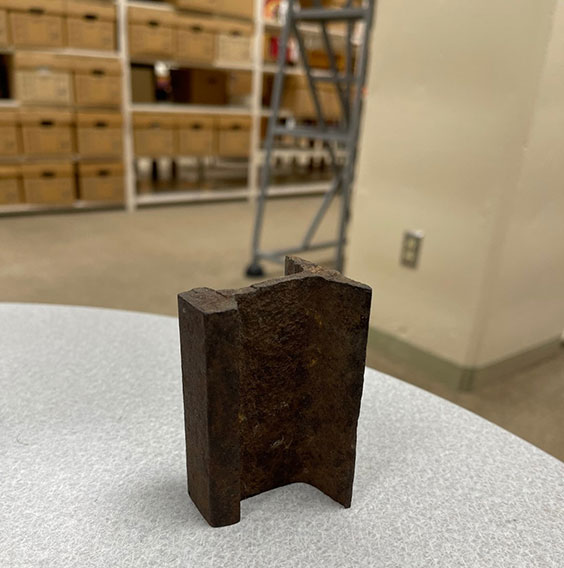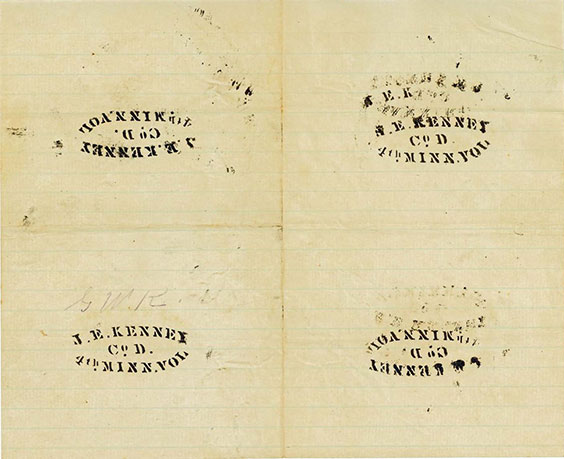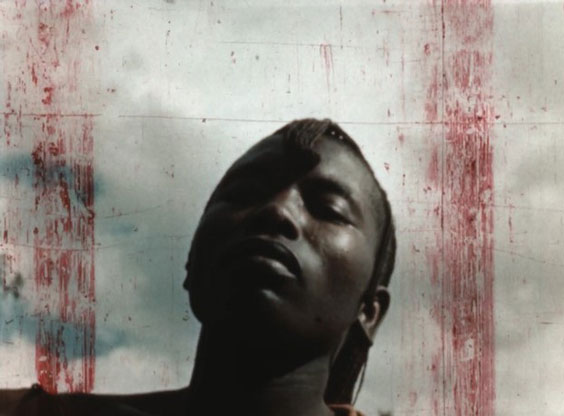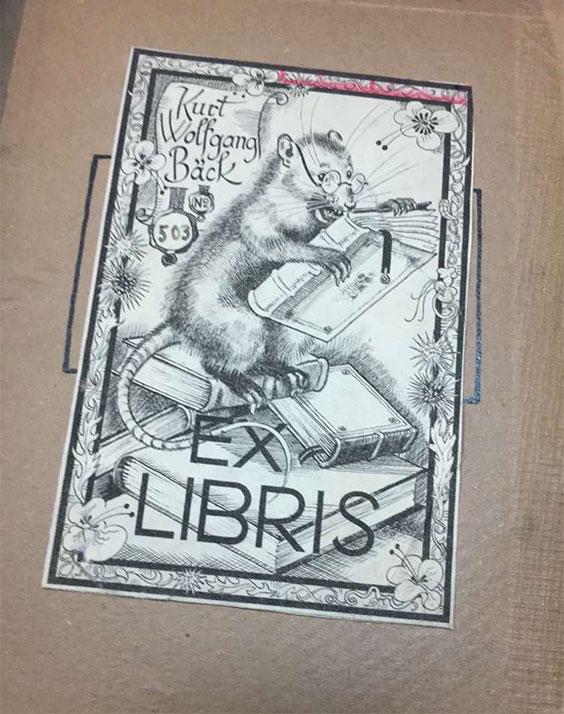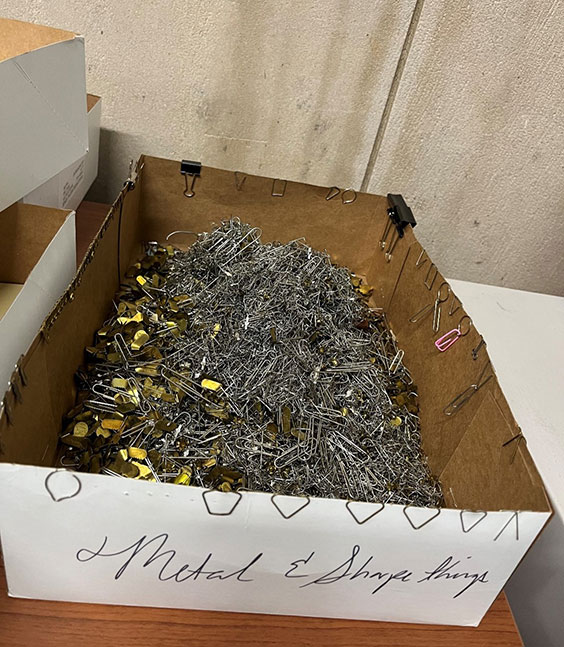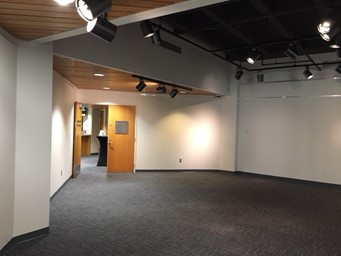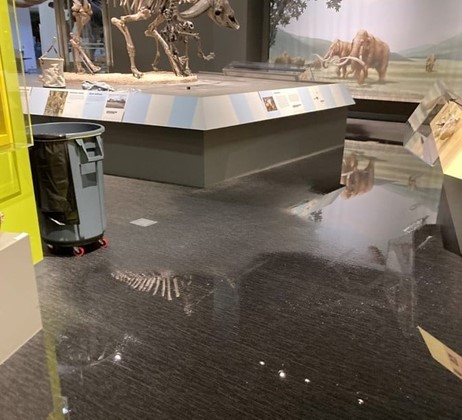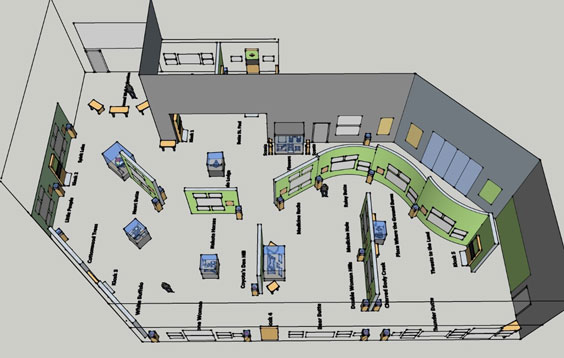Interns Explore a Multitude of Resources at the State Archives: Part II
Emily Royston, Audiovisual Collections Intern
The North Dakota State Archives houses a large collection of film and magnetic tape in a variety of formats that it continues to archive, preserve, and digitize for public use. From home videos to television news footage to oral histories to professional and educational films, the Archives stores hours upon hours of material.
Since I was new to the audiovisual field, spending 12 weeks this past summer working with different formats, equipment, and software was enlightening and opened new avenues of interest for a career in this area. My training included processing and describing AV collections, using video editing and digitization software, handling and inspecting film and analog tapes, and engaging in preservation practices. Much of my work centered on two large collections: the WDAZ-TV Collection, consisting of approximately 2,200 analog tapes, and the Matthew Werven and Diana (Yeado) Oral History Collection, which includes over 700 interviews of North Dakota residents.
For WDAZ, one of ten North Dakota TV stations in our collection, it was my job to input the data from the tapes’ respective shot sheets—such as news stories, date of broadcasts, names of reporters—into our collections management software to make the clips discoverable. I also processed and digitized part of the Werven collection, using audio cassette decks and the software Audacity to create audio files.
Outside of these collections, I also had the opportunity to digitize other formats such as open-reel audio tapes, video cassettes, and film. Working with film was one of my favorite parts of the internship. I learned how to inspect films for patron requests and carry out preservation practices such as adding a protective leader to the heads and tails of film, rehousing films in ventilated archival cans to prevent off-gas build up, and removing adhesive and other residue using film cleaner. I can’t emphasize enough just how much fun I had working with these materials during the summer. I was so fortunate, particularly as someone from outside of the state (and the country!) to have been able to work with such a supportive and hospitable group of people.
Shelby Kriewald, Reference Intern
During my three-month internship at the State Archives last summer, I was assigned a variety of duties. When patrons visited our reading room, I commonly assisted them in using our microfilm scanners, atlases, or county history books. I also helped patrons navigate our website’s indexes and genealogical resources.
When I wasn’t helping patrons in person, I worked on a number of requests from those who reached out via phone or email. This included locating and sending out marriage records, biographies, naturalization records, obituaries, or other records. Additional projects I worked on at the reference desk included digitizing photos to put on our website, using archival software to find return locations for collections, transcribing oral history interviews, putting statistics into our database, and writing articles for "Dakota Datebook."
"Dakota Datebook" is a radio series broadcast by Prairie Public in partnership with the State Historical Society of North Dakota and other local organizations. This was one of my favorite projects to be involved in because it gave me the opportunity to do my own research and writing on history topics related to North Dakota. In doing my research for these articles, I typically looked through old newspaper articles using online resources like Advantage Archives or Chronicling America to find inspiration for stories. I also found sites like Ancestry.com very useful in providing census and biographical information related to the topics I was working on. In some cases, I even reached out to archives and institutions out of the state to locate obituaries and information needed for my writing. Several of my stories have aired on the radio and exist on Prairie Public’s website.
My internship with the State Archives was a very valuable learning experience. Not only did it enrich my knowledge of the region and its people, but it gave me the opportunity to learn about the daily operations of an archives firsthand. As someone who is interested in pursuing a career in archival science and special collections, this internship reinforced my career goals in ways that my undergrad education hadn’t ever before.


